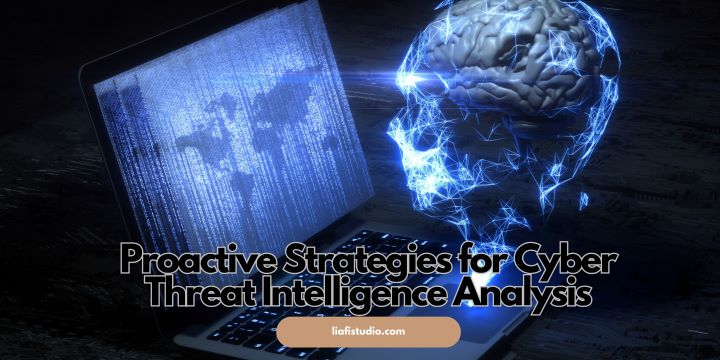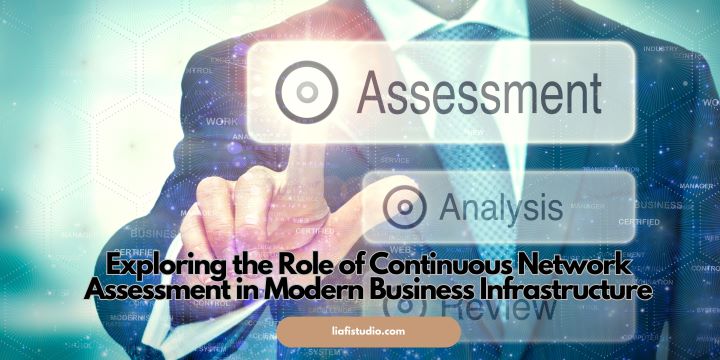Key Takeaways
- Hyperconverged Infrastructure (HCI) consolidates computing, storage, and networking, enhancing data center efficiency.
- Adopting HCI offers significant operational simplicity, cost savings, and business continuity benefits.
- Emerging trends such as AI and machine learning integration are set to revolutionize HCI further.
Table of Contents
- The Basics of Hyperconverged Infrastructure (HCI)
- How Hyperconverged Storage Enhances Data Center Efficiency
- Adapting to Hyperconverged Storage: What You Need to Know
- Hyperconverged Storage and Disaster Recovery Strategies
- The Cost Implications of Switching to Hyperconverged Storage
- Best Practices for Implementing Hyperconverged Storage Solutions
- Scale-Out vs. Scale-Up: Understanding HCI Scalability
Hyperconverged storage systems stand at the vanguard of IT innovation, fostering a more agile framework for businesses to handle burgeoning data and application demands. As the digital era unfolds, organizations increasingly seek efficient strategies to overhaul their data centers with solutions that meet current needs and are adaptable to future challenges. At the forefront of this search, hyper-converged storage solutions offer an answer, promising to simplify complex IT environments and optimize overall performance.
The Basics of Hyperconverged Infrastructure (HCI)
Hyperconverged Infrastructure (HCI) marks a significant departure from traditional IT architecture, characterized by the siloed nature of storage, computing, and network resources. These essential components are intricately woven into a single, cohesive system within an HCI framework. This integration improves agility and scalability, as IT administrators can manage resources collectively rather than deal with them in isolation. The demand for simplicity and efficiency drives the paradigm shift toward HCI solutions as organizations strive to cut costs and streamline operations in an increasingly competitive landscape.
Moreover, HCI simplifies deployment and management processes through centralized management interfaces, reducing administrative overhead and enhancing operational efficiency. With HCI’s ability to scale resources on-demand and its built-in redundancy features, organizations can ensure high availability and reliability for their critical workloads.
How Hyperconverged Storage Enhances Data Center Efficiency
The benefits of hyper-converged storage for data center efficiency are plentiful. IT teams that embrace hyper-converged storage can expect to see a reduction in the complexity of their data center operations. This simplified approach allows for quicker deployment of resources and a marked decrease in the overall time spent on maintenance and management. Consolidating systems inherent in HCI also translates to direct energy cost savings—less hardware means lower power and cooling requirements. By minimizing the data center footprint and optimizing resource usage, companies can achieve a more responsive and efficient IT environment well-suited for dynamic business requirements.
Moreover, the centralized management interface of hyper-converged storage enables IT teams to gain deeper insights into resource utilization and performance metrics, facilitating proactive optimization and capacity planning. Additionally, the inherent scalability of HCI allows data centers to seamlessly accommodate growing workloads and changing business demands without the need for extensive infrastructure redesigns or costly expansions. Furthermore, hyper-converged storage systems’ integrated data protection features, such as built-in backup and disaster recovery capabilities, enhance data center resilience and uptime, further bolstering overall efficiency and reliability.
Adapting to Hyperconverged Storage: What You Need to Know
Embracing hyper-converged storage solutions is not merely about purchasing new technology; it involves a considered transformation in delivering IT services. Companies need to align their organizational processes and strategies with the capabilities offered by HCI systems. From assessing current infrastructure and determining scalability requirements to training IT staff, the move to HCI has several parts that need careful coordination. Security considerations and compliance with industry-standard regulations must be front and center during the transition, ensuring that the integration of hyper-converged systems enhances, rather than jeopardizes, a company’s security posture.
Hyperconverged Storage and Disaster Recovery Strategies
Disaster recovery is a pressing concern for all organizations, especially in the face of increasing cyber threats and natural disasters. Hyperconverged storage systems shine in this area by consolidating resources and creating a more resilient IT infrastructure capable of withstanding unexpected events. HCI’s centralized nature facilitates faster recovery times and minimizes data loss during disasters. Businesses that integrate HCI into their disaster recovery plans stand to gain increased uptime and peace of mind, knowing their critical applications and data are protected against potential catastrophes.
The Cost Implications of Switching to Hyperconverged Storage
The financial considerations when pivoting to hyper-converged storage are nuanced. While the up-front investments may be substantial, the return on investment (ROI) can be significant. An in-depth analysis of the Total Cost of Ownership (TCO) will unearth long-term efficiencies, such as decreased need for manual intervention, lower energy consumption, and the often-understated value of operational agility. Budget-conscious IT decision-makers should consider these long-term savings when considering the merits of switching to HCI. It is essential to pay attention to elements like potential data migration expenses and the necessary investments in staff training to smoothly operate the new system.
Best Practices for Implementing Hyperconverged Storage Solutions
Implementing a hyper-converged storage system should be a systematic and deliberate process. Conducting thorough research, setting clear objectives, and tailoring the HCI solution to meet the business’s specific needs are fundamental steps toward successful implementation. Engaging IT teams in extensive training ensures they are well-equipped to manage the new infrastructure. Moreover, it is critical to define and adhere to a phased rollout plan to address potential issues on a manageable scale. Through attention to these best practices, organizations can maximize the benefits and minimize the challenges associated with rolling out hyper-converged storage.
Additionally, regular performance monitoring and optimization efforts should be integrated into the implementation process to ensure the HCI system continues to meet evolving business requirements effectively. Furthermore, fostering open communication channels between IT stakeholders and end-users facilitates feedback loops and promotes smooth transitions, enhancing overall user satisfaction with the new storage solution.
Scale-Out vs. Scale-Up: Understanding HCI Scalability
The scalability of hyperconverged storage is a critical factor in future-proofing IT infrastructure. Scale-out methods, where additional nodes are added to increase capacity and performance, provide linear and incremental growth that is ideal for most HCI deployments. Conversely, scale-up solutions, which focus on expanding the capacity within existing nodes, might be a more suitable option for businesses with predictable growth patterns. Understanding each approach’s distinct advantages and limitations is critical to informed decision-making regarding infrastructure expansion and ensuring seamless scalability that aligns with business growth trajectories.




